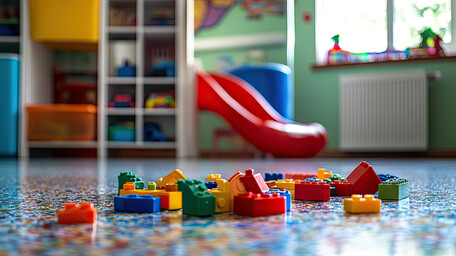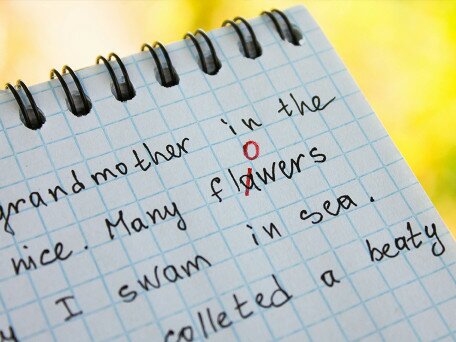From home to the classroom: An investigation of the relation between environmental chaos and children’s executive function
- Project Scheme:
- General Research Fund
- Project Year:
- 2024/25
- Project Leader:
- Dr Gao, Xiaozi
- (Department of Early Childhood Education)

Such insights are particularly relevant to fast-paced metropolitan areas like Hong Kong, where chaotic experiences are common.
Environmental chaos is prevalent in contemporary societies. Chaotic households are characterized by disorganization, inconsistent routines, and elevated noise levels, which result in clutter and hinder efficient daily activities (Wachs et al., 2004). Previous research has consistently found that household chaos impairs children's executive function (EF), a higher-order cognitive process crucial for both academic and lifelong success (Andrews et al., 2020; Gao et al., 2023; Diamond, 2013). Nevertheless, chaos is not exclusive to household environments; it can also manifest in classroom settings. Chaotic classrooms may exhibit overcrowding, high traffic, frequent interruptions, and a lack of structure, making it difficult to maintain a consistent schedule (Maxwell, 2010). Compared to the substantial body of research on household chaos (Marsh et al., 2020), there is limited literature on the impact of classroom chaos on children's EF. This gap is noteworthy given that children increasingly spend time in educational settings, such as kindergartens (Hong Kong Education Bureau, 2021). Moreover, scant research exists on the combined effects of household and classroom chaos on children's EF. The bioecological model posits that both home and school function as microsystems where proximal processes, such as parent-child and teacher-child interactions, influence children's development (Bronfenbrenner & Morris, 2006). This model also suggests that experiences in one microsystem can spill over into another (Berry et al., 2016). For instance, positive experiences in kindergarten settings may offset negative experiences at home. Based on this theoretical framework, the current study aims to: 1) assess the relative contributions of household and classroom chaos to children's EF; and 2) explore whether well-structured classrooms can mitigate the adverse effects of household chaos on children's EF. A longitudinal design with three time points will be used to achieve these aims, and multilevel analyses will be employed to analyze the data. The anticipated findings could provide valuable insights into the role of environmental chaos in both household and classroom settings on children's EF. Such insights are particularly relevant to fast-paced metropolitan areas like Hong Kong, where chaotic experiences are common. Additionally, the study aims to offer actionable information for improving parent-child and teacher-child interactions in chaotic environments, therefore facilitating children's development.








